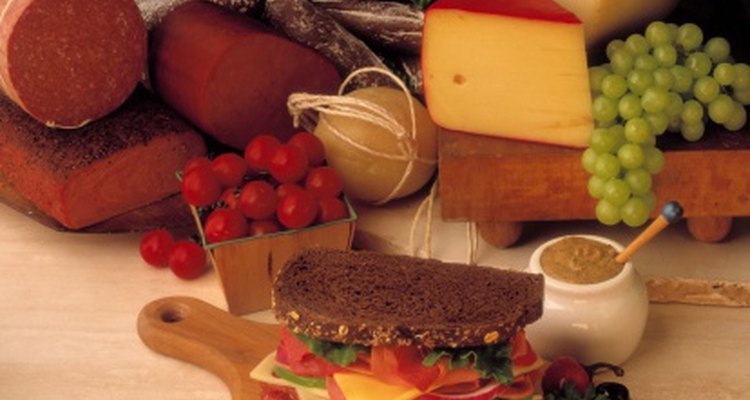
Provolone is a semi-hard Italian cheese made from buffalo or cow's milk that is sometimes smoked for added flavor. It comes in two varieties: dolce, a mild provolone aged for two to three months, and piccante, a stronger cheese aged for six to 12 months.
Calories
A slice of provolone cheese weighing 1 oz. contains 98 calories.
Calorie Breakdown
A 1 oz. serving of provolone has 7.45 g of fat, 7.16 g of protein and 0.6 g of carbohydrates, meaning that 68 percent of total calories come from fat, 29 percent come from protein and 3 percent come from carbohydrates. Just over 63 percent of the fat in provolone cheese is saturated fat.
Other Considerations
One slice of provolone cheese also contains 245 mg of sodium and 19 mg of cholesterol. A serving offers 17.6 percent of the recommended dietary allowance of calcium, 17 percent of the RDA vitamin B-12, 15.4 percent of the RDA of vitamin B-6, 7.3 percent of the RDA of vitamin A, 6.9 percent of the RDA of riboflavin, 6.6 percent of the RDA of phosphorus, 6 percent of the RDA of zinc and 5.9 percent of the RDA of selenium.
Related Articles
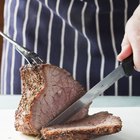
How Many Calories Are in a Roast Beef ...

How to Freeze Tzatziki

How to Make Toasted Bread Sticks With ...
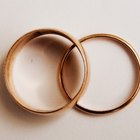
How to Get a Marriage Certificate Online

How to Respond to a Compliment From a ...

How to Get Married by the Justice of ...
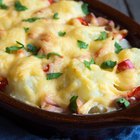
Calories in Pimento Cheese

How to Bake Boneless Skinless Tilapia
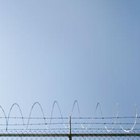
How to Access a Securepak Phone Number

Provolone Cheese Nutrition Information

How to Blanch Tomatillos

How Fast Does Cooked Spaghetti Squash ...

How to Take Out Scratches From Silver ...

How to Gargle With Sea Salt

Calories of Tuna in Sunflower Oil

How to Get Rid of Skunk Smell With ...
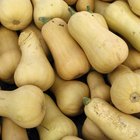
How Many Calories Are in Butternut ...

How to Locate a Missing Person in ...

How Long Does Banana Bread Stay Fresh?
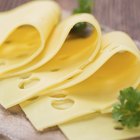
How Many Calories Are in a Slice of ...
References
Resources
Writer Bio
Christine Gray began writing professionally in 1997, when a trade publishing company hired her as an assistant editor. She wrote her first screenplay in 1998 and has been covering health and nutrition since 2009. Gray graduated with a Bachelor of Arts in English literature from the University of Michigan.
Photo Credits
Jupiterimages/Comstock/Getty Images